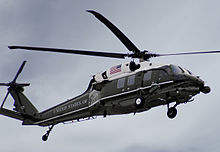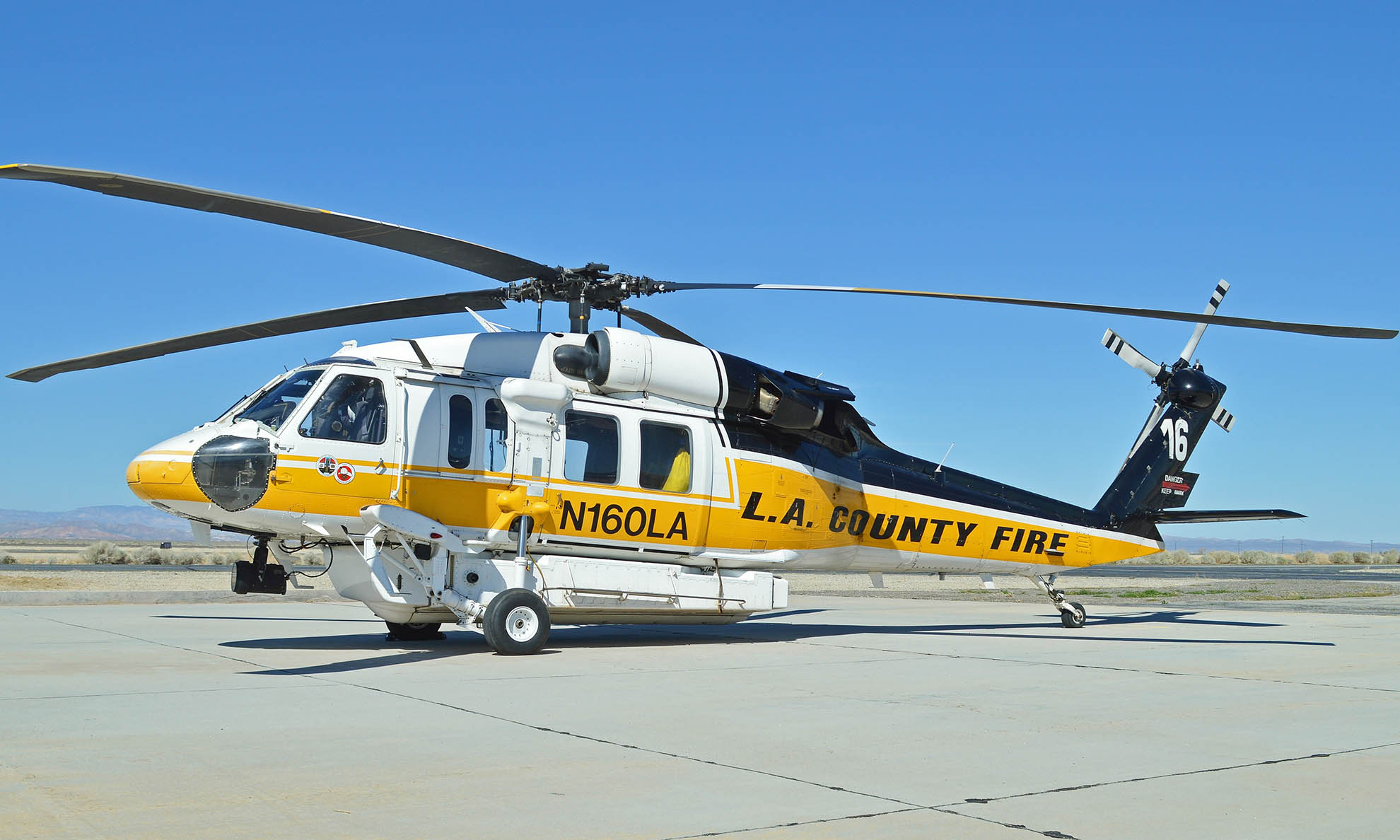Discovering the Abilities of the Sikorsky S 70: A Detailed Evaluation
High-Performance Multi-Role Rotorcraft Featuring Advanced Cabin Technologies and Integrated Sensing Unit Systems
The world of rotorcraft technology has actually seen notable innovations in recent times, specifically in the realm of high-performance multi-role rotorcraft furnished with advanced cabin technologies and effortlessly incorporated sensor systems. In the adhering to discussion, we will discover the evolution of rotorcraft innovation, dive into the realm of innovative cockpit developments, and examine the effects of integrated sensing unit systems on the operational flexibility and effectiveness of modern-day rotorcraft.
Advancement of Rotorcraft Innovation
The evolution of rotorcraft innovation has actually been marked by significant improvements in the rules of aerodynamics, materials, and propulsion systems, shaping the abilities and efficiency of modern-day rotorcraft. Aerodynamic improvements have improved the performance and ability to move of rotorcraft, enabling increased speed, agility, and stability during flight (sikorsky s 70). Advancements in products, such as making use of composite products and progressed alloys, have actually led to lighter yet stronger rotorcraft frameworks, boosting total efficiency and resilience. Furthermore, improvements in propulsion systems, consisting of a lot more effective engines and ingenious propulsion innovations, have enabled rotorcraft to achieve higher elevations, faster rates, and better hauls.
These innovations have not just transformed the capabilities of rotorcraft yet have actually likewise increased their applications across various markets, including military, business, and emergency situation services. The continual advancement of rotorcraft innovation remains to drive technology in the field, pushing the limits of what is possible and shaping the future of upright trip.
Advanced Cabin Innovations
Structure upon the fundamental innovations in aerodynamics, materials, and propulsion systems, the world of rotorcraft innovation now changes emphasis towards introducing Advanced Cabin Innovations. The assimilation of cutting-edge technologies within the cockpit setting plays a critical role in boosting the functional capabilities, safety, and performance of modern-day rotorcraft. sikorsky s 70. Advanced Cabin Innovations incorporate a wide array of attributes created to offer pilots with boosted situational understanding, structured information administration, and instinctive control interfaces
One of the key developments in cabin design is the application of glass cabins, which change conventional analog assesses with high-resolution displays. These electronic systems use personalized layouts, real-time data combination, and boosted readability, enabling pilots to accessibility vital information at a glimpse. Moreover, advanced avionics systems, such as fly-by-wire controls and increased fact display screens, are revolutionizing just how pilots communicate with the aircraft, permitting accurate control and improved decision-making capacities.


Incorporating advanced cockpit advancements not only boosts pilot performance but additionally adds to overall goal effectiveness and safety and security in intricate operational environments. By leveraging cutting edge technologies within the cabin, rotorcraft suppliers are establishing new standards for functional excellence and mission success.
Integrated Sensing Unit Systems
With the advancement of rotorcraft innovation, the integration of innovative Integrated Sensor Equipment has actually become vital in enhancing functional efficiency and safety and security. These Integrated Sensor Equipments include a vast variety of technologies that supply vital information for different features such as navigation, monitoring, targeting, and environmental tracking. By seamlessly integrating sensing units like radars, video cameras, lidar, and infrared systems click this link right into rotorcraft, operators can take advantage of boosted situational awareness, improved goal capabilities, and minimized pilot workload.
One key benefit of Integrated Sensing unit Equipments is their capability to collect real-time information and supply workable understandings to pilots and mission operators. As an example, progressed radar systems can spot and track targets over long ranges, enabling early danger discovery and reliable response planning. Additionally, integrating infrared and electro-optical electronic cameras enables rotorcraft to conduct reconnaissance and monitoring objectives with precision and accuracy.
Essentially, the combination of innovative sensing unit modern technologies right into rotorcraft not just boosts functional performance yet also contributes substantially to total goal success and team security. As rotorcraft remain to develop, the role of Integrated Sensor Systems will definitely stay at the leading edge of development in the aerospace industry.
Operational Convenience and Performance
Enhancing functional flexibility and efficiency in rotorcraft is a natural development from the combination of advanced Integrated Sensing unit Equipments. By leveraging the understandings and information given by these click to investigate cutting-edge sensor systems, rotorcraft can maximize their performance across numerous objectives and environments.
Functional adaptability encompasses the capacity of rotorcraft to adjust to different duties and scenarios efficiently. With advanced cabin innovations and integrated sensing unit systems, rotorcraft can effortlessly transition in between tasks such as search and rescue, clinical emptying, surveillance, and a lot more. This flexibility boosts the rotorcraft's ability to fulfill diverse functional needs without calling for comprehensive reconfiguration.
Efficiency in rotorcraft procedures is essential for maximizing objective effectiveness and resource application. Integrated sensor systems play a crucial role in boosting operational effectiveness by providing real-time information on climate condition, terrain mapping, target monitoring, and more. This data makes it possible for pilots to make informed decisions promptly, optimize flight courses, preserve gas, and enhance general goal performance.
Effect on Modern Air Travel Procedures

Moreover, the integration of innovative sensors promotes enhanced mission preparation and implementation, allowing rotorcraft to perform a large range of jobs with enhanced precision. From search and rescue procedures to aerial firefighting and legislation enforcement missions, the capacities of contemporary rotorcraft outfitted with innovative cabin innovations and incorporated sensing unit systems are exceptional.
In addition, the influence of these innovations prolongs beyond operational efficiency to cost-effectiveness and sustainability. By maximizing flight paths, fuel intake, and maintenance routines, high-performance rotorcraft outfitted with sophisticated cabin modern technologies and sensors add to lowering operational costs and environmental influence, making them essential possessions in modern-day aviation operations.
Final Thought
Finally, the high-performance multi-role rotorcraft with sophisticated cabin technologies and incorporated sensing unit systems stands for a significant development in air travel modern technology. These innovations improve operational adaptability and performance, inevitably influencing modern-day aeronautics procedures in a favorable way. The integration of these advanced technologies permits improved capabilities and performance in various mission scenarios, showcasing the proceeded advancement of rotorcraft technology in the aeronautics sector.
The world of rotorcraft modern technology has actually seen significant improvements in current times, especially in the realm of high-performance multi-role rotorcraft equipped with check it out cutting-edge cabin modern technologies and flawlessly integrated sensor systems. From boosted goal adaptability to enhanced operational performance, the merging of sophisticated cockpit modern technologies and incorporated sensor systems has ushered in a brand-new age of possibilities for rotorcraft applications. In the adhering to discussion, we will certainly check out the evolution of rotorcraft modern technology, dig into the world of sophisticated cockpit technologies, and take a look at the ramifications of incorporated sensing unit systems on the operational convenience and effectiveness of modern-day rotorcraft.
